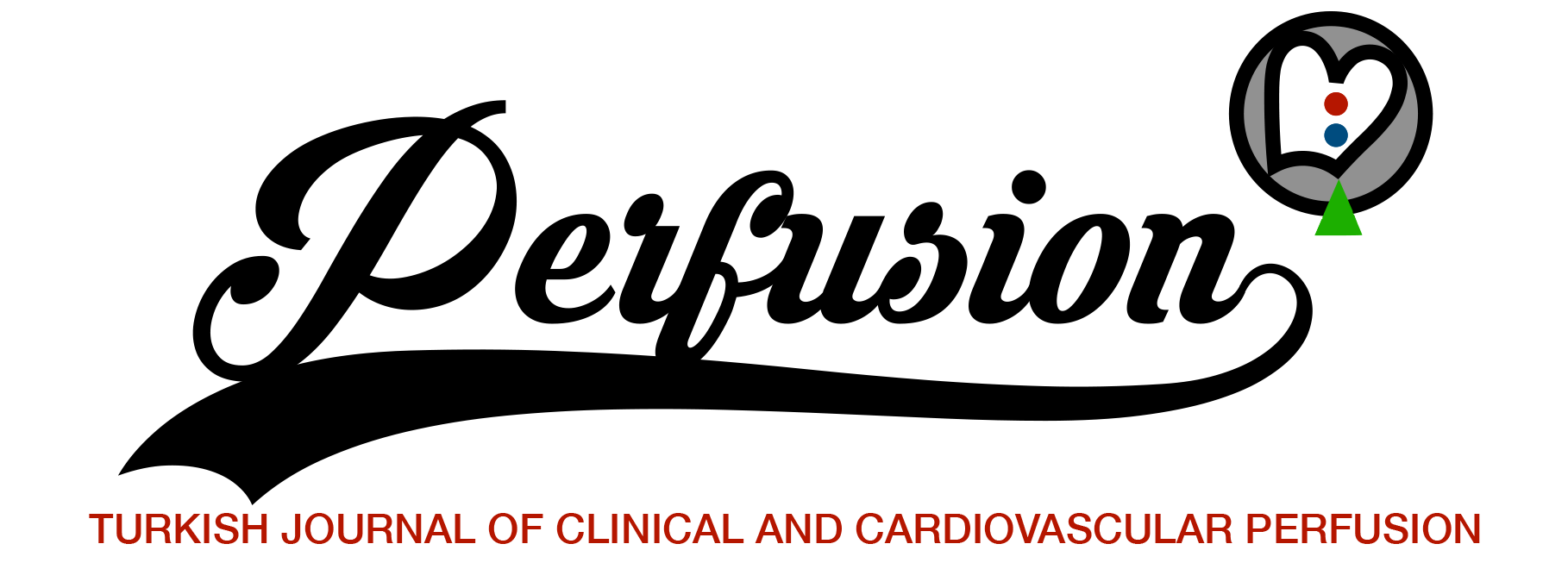Abstract
Objective
The oxygenators selected for adult cardiopulmonary bypass (CPB) applications may increase haemofiltration levels and the need for blood transfusion in patients with low surface areas. In this study, the effects of membrane oxygenators with different surface areas on oxygenation, lactate, hematocrit, hemodilution, and blood transfusion at different temperatures were investigated in patients with low surface areas.
Materials and Methods
Between January 2020 and February 2024, 73 patients who underwent CPB at Sakarya Training and Research Hospital were retrospectively analyzed. Patients were divided into 1.5 m2 group 1 (n=34), 1.75 m2 group 2 (n=19), and 2.00 m2 surface area oxygenator group 3. Peroperative and postoperative biochemical values were analyzed in three groups at different blood temperatures. The partial oxygen pressure, fraction of inspired oxygen, lactate, alanine transaminase (ALT), aspartate aminotransferase (AST), estimated glomerular filtration rate (eGFR), gamma-glutamyl transferase (GGT), lactate dehydrogenase (LDH), and creatine levels were analyzed.
Results
A significant difference was observed between membrane oxygenator groups with different surface areas in terms of mild hypothermic and normothermic partial oxygen pressures (p=0.002, p=0.003). In the 1.5 m2 group, there was no significant difference in lactate, ALT, AST, eGFR, GGT, LDH, and creatine levels (p<0.05). There was no significant difference in the use of blood products during the intraoperative period between the groups (p<0.05). A significant difference was observed in the use of erythrocyte suspension in the postoperative period (p=0.047).
Conclusion
Low-surface-area membrane oxygenators can accelerate the postoperative recovery process and reduce the risk of complications by reducing the need for hemodilution and blood transfusion.



